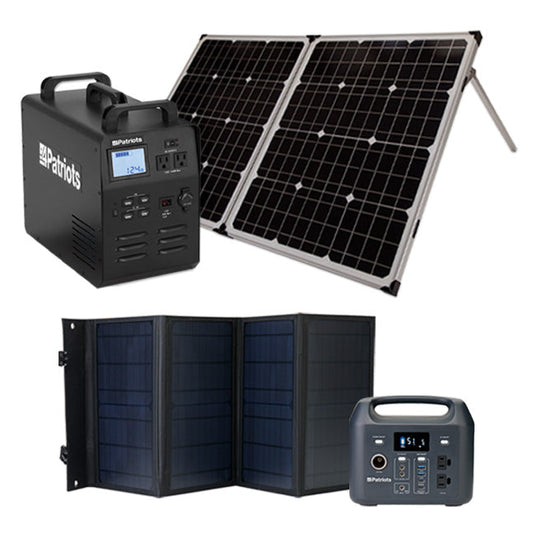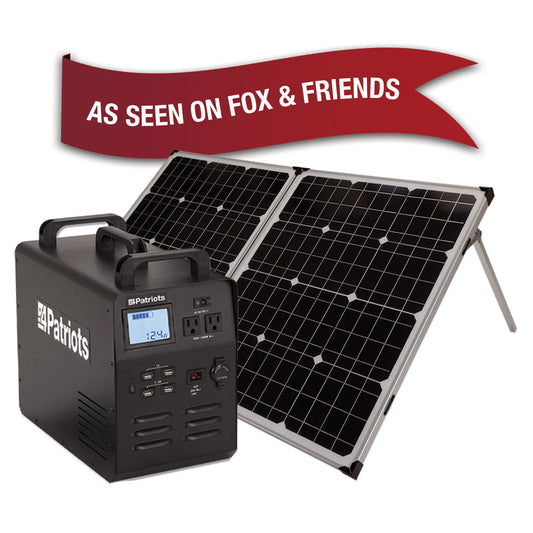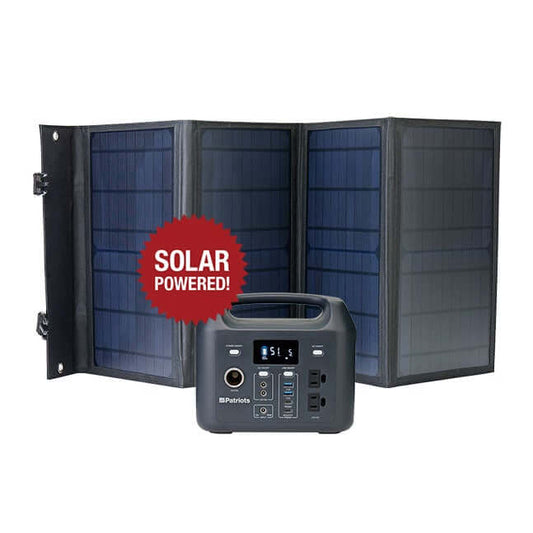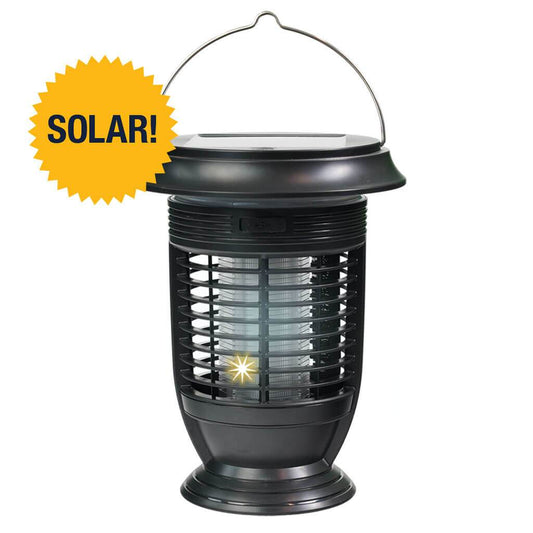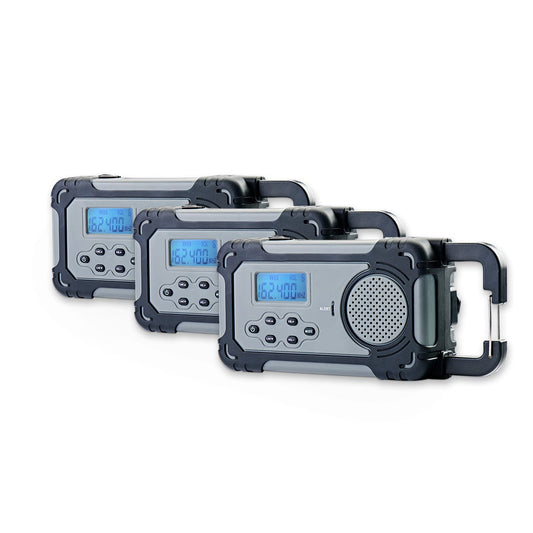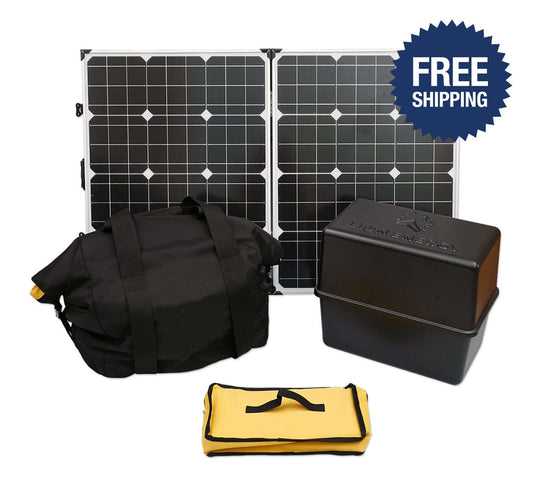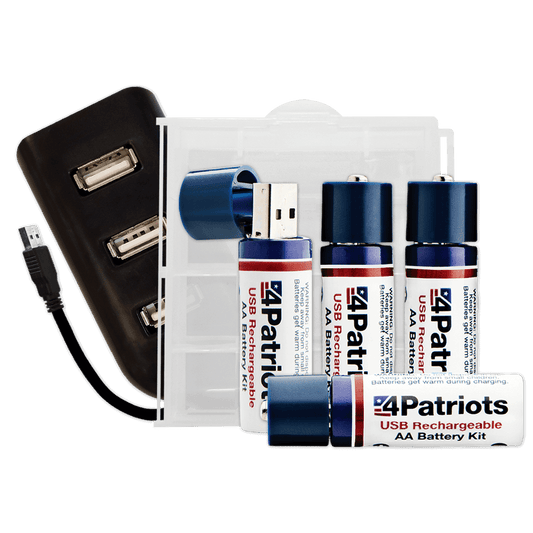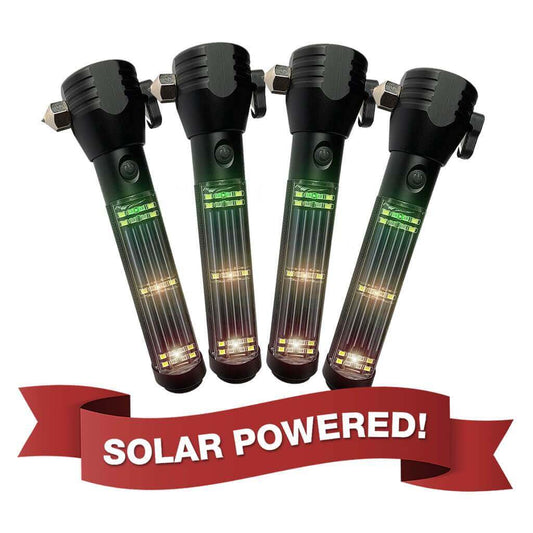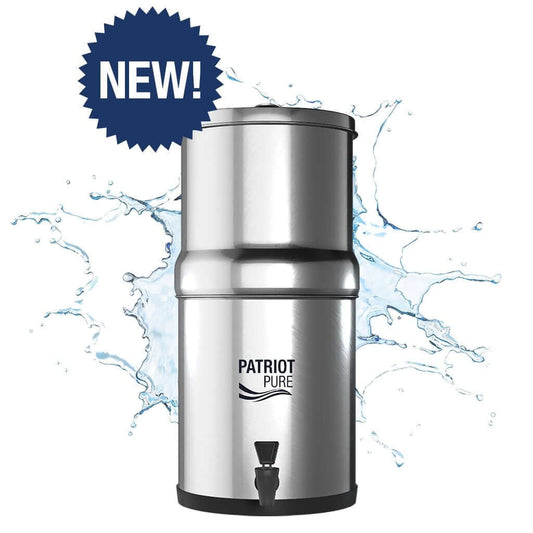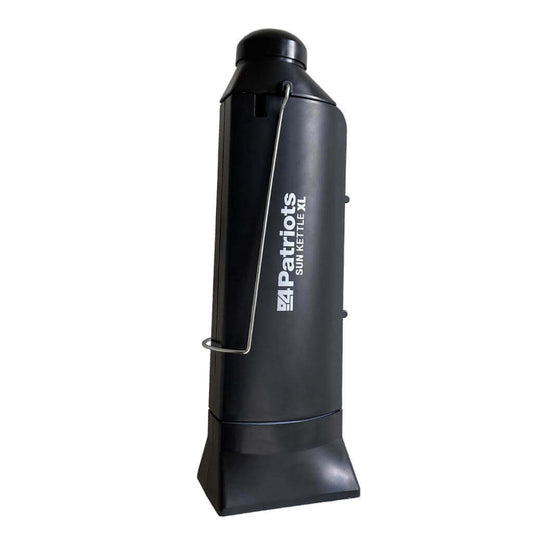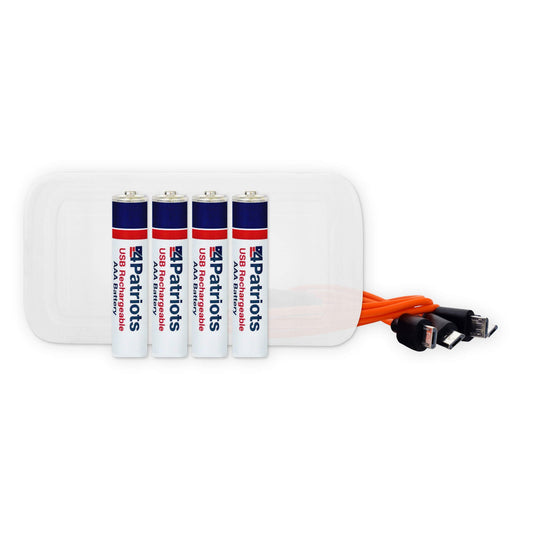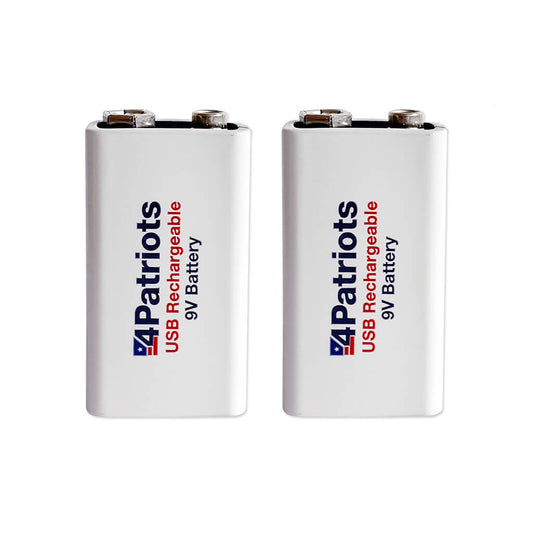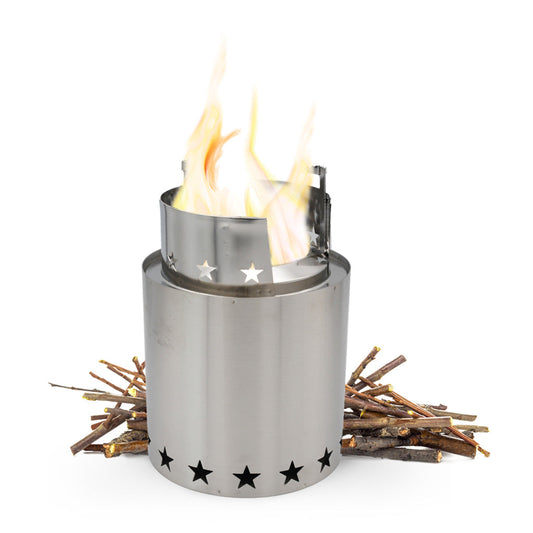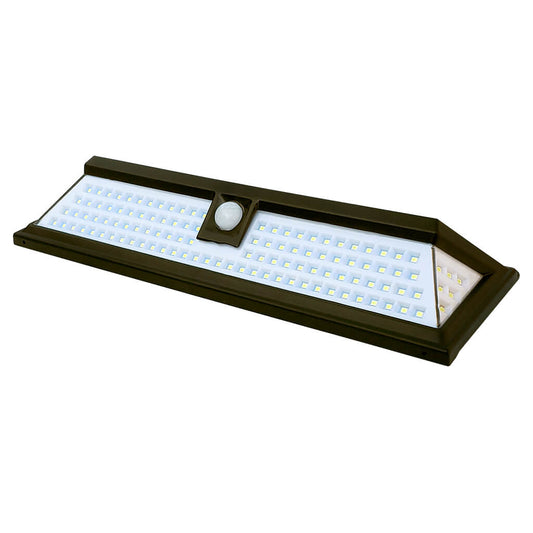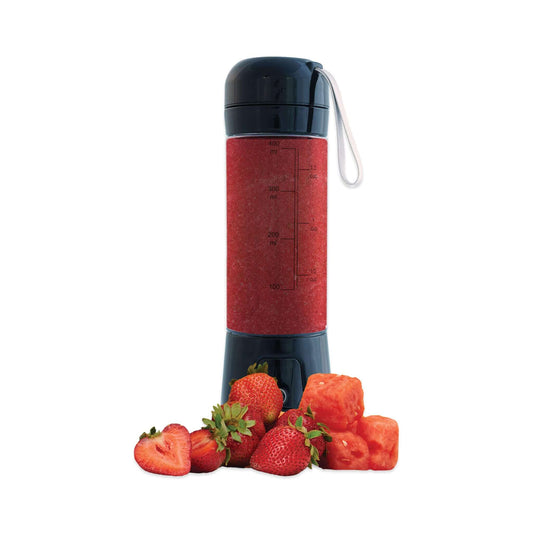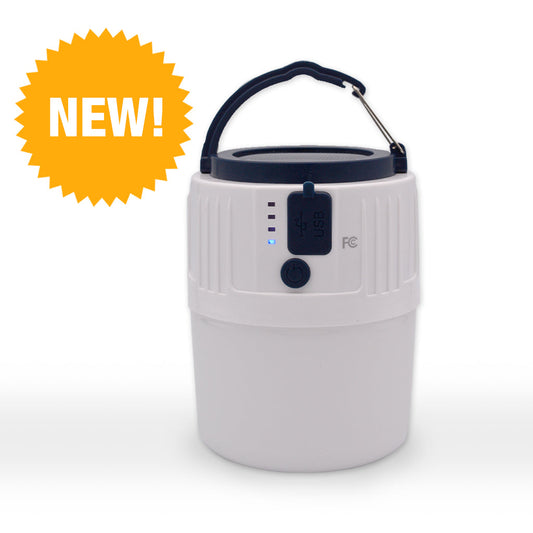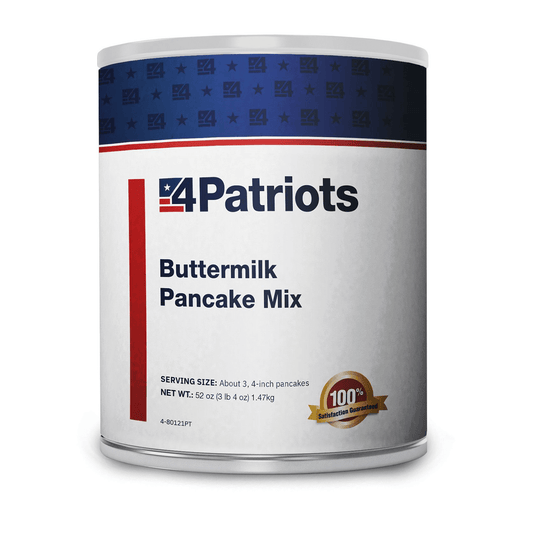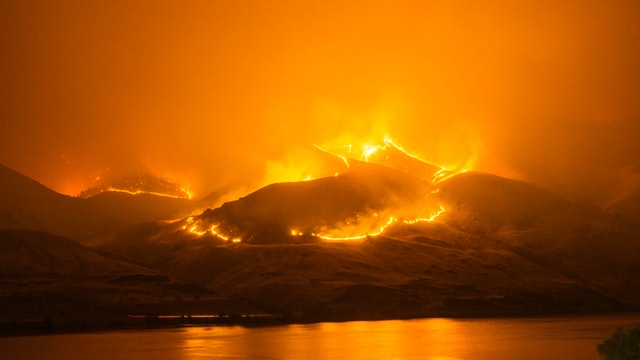
Australian Wildfires a Stark Reminder of Our Need for Clean Air

Some Americans who don't travel internationally view Australia as a little island in the lower right corner of their map.
Seen that way, it's difficult to imagine that this continent is actually nearly as large as the United States.
The U.S. takes up approximately 3.8 million square miles. Australia covers about 3 million square miles.
It's a huge country, and right now it's dealing with a huge problem. Wildfires are killing people and animals, devastating the landscape, and tremendously affecting air quality.
Life-Threatening Devastation
Australian officials have declared a state of emergency. The southeastern part of the country is being ravaged by out-of-control fires.
So far, at least 18 people have died and 1,300 homes have been destroyed. More than 10 million acres of land have been burned.
A lightning storm sparked the most recent fires. High winds have helped spread them.
It's summer in Australia. The extreme heat, along with drought, has made the situation worse. Last year was the hottest and driest in the country's history.
Evacuations and Rescues
Thousands of Australians have evacuated their homes. Tens of thousands of homes and businesses have power outages.
Approximately 4,000 people in the coastal town of Mallacoota escaped the fires by heading to the beach.
But the blazes cut them off there. They needed a Navy ship to carry them out of the area.
Animals have also been severely affected by the fires. About 30 percent of the koalas' habitat has been destroyed. Researchers estimate that 480 million animals in New South Wales face death or displacement.
Beautiful Cities Shrouded in Smog
Sydney is Australia's oldest and most well-known city. A stunning combination of land and sea, it's the envy of the world. But now it's smothered in brown smog.
Canberra, about three hours further inland, is known for its clean air. But last week it recorded its worst air quality day ever.
Air quality index readings of 200 or above are considered hazardous to health. On January 1, a monitoring site in Canberra reached 7,700.
Despite some 10,000 firefighters working feverishly, the fires can't be controlled. High temperatures and winds are keeping the smog trapped in these cities.
New Zealand Feeling the Effects
The wildfires are happening in Australia, but their influence is being felt more than 1,000 miles away.
In New Zealand, white snow on some of the highest peaks is turning a caramel color. Haze is covering the Tasman Glacier, usually a popular tourist attraction. Sunrises and sunsets are being described as "eerie" due to their changing colors.
Vacationers have even described the hazy skies in New Zealand as "sepia," "orange" and "apocalyptic."
Air quality levels in several New Zealand locations are "Code Orange." That means "unhealthy for sensitive groups."
Smoke from the Australian fires has even progressed beyond New Zealand into the South Pacific.
Fires Affect Air Quality
The most obvious danger from wildfires is death for those unable to escape them. And even when homeowners are able to flee in time, their property can be destroyed.
But another very serious danger is breathing in air contaminated by the fires. That's why air purifiers and respiratory masks are selling out in Australia.
These wildfires produce a variety of harmful air pollutants. Wildfire smoke is a combination of carbon dioxide, water vapor, gaseous chemicals and particulate matter.
This particulate matter is a mix of solid particles and liquid droplets suspended in the air.
Particulate Pollution Causes Health Problems
These tiny particles can aggravate existing health problems. And increase the risk of serious health issues as well. The particles have diameters of only 2.5 micrometers or smaller. They enter our bodies through our noses and mouths as we breathe.
These particulates can be very harmful when lodged in the deepest recesses of the lungs. And in our bloodstream.
Sometimes they "only" result in burning eyes, coughing, wheezing and shortness of breath. But they've also been linked to developmental problems in children. And mental impairment in the elderly.
Fine particulate matter contributed to an estimated 88,000 premature deaths in the U.S. in 2015.
You Can Breathe Easier with This Device
Australia is half a world away from us. But as we've seen in recent years, especially in many parts of the West like California, we're not immune from fires.
And while staying indoors when wildfire smoke is prevalent helps somewhat. But it doesn't solve the problem. Some smoke from wildfires will enter your home. There's no way to escape it.
Fortunately, there is something you can do to protect you and your family. Regardless of where you live...
Scientists have finally found a way to purify the filthiest air – even if it's contaminated with microscopic airborne threats – into clean, safe, life-giving air.
Introducing the Patriot Pure Air Purification System.
This brand-new, revolutionary indoor air purifier that gives you true protection from the real-life nightmare of dangerous toxins that fill the air in your home...
Not only from unexpected events such as the wildfires and smoke, but also from the invisible toxins that you breathe in every day.
Take a look for yourself here
Featured Products
- Regular price
- From $799
- Regular price
-
- Sale price
- From $799
- Unit price
- per
- Regular price
- $249
- Regular price
-
- Sale price
- $249
- Unit price
- per
- Regular price
- $2,497
- Regular price
-
$3,194 - Sale price
- $2,497
- Unit price
- per
- Regular price
- $2,499
- Regular price
-
$2,994 - Sale price
- $2,499
- Unit price
- per
- Regular price
- From $29.95
- Regular price
-
$119.80 - Sale price
- From $29.95
- Unit price
- per
- Regular price
- $2,499
- Regular price
-
- Sale price
- $2,499
- Unit price
- per
- Regular price
- $499
- Regular price
-
- Sale price
- $499
- Unit price
- per
- Regular price
- $29
- Regular price
-
- Sale price
- $29
- Unit price
- per
- Regular price
- $2,796
- Regular price
-
- Sale price
- $2,796
- Unit price
- per
- Regular price
- $29.95
- Regular price
-
- Sale price
- $29.95
- Unit price
- per
- Regular price
- $97
- Regular price
-
- Sale price
- $97
- Unit price
- per
- Regular price
- $4,999
- Regular price
-
- Sale price
- $4,999
- Unit price
- per
- Regular price
- $49.95
- Regular price
-
- Sale price
- $49.95
- Unit price
- per
- Regular price
- From $69
- Regular price
-
- Sale price
- From $69
- Unit price
- per
- Regular price
- $201
- Regular price
-
- Sale price
- $201
- Unit price
- per
- Regular price
- From $90.97
- Regular price
-
$129.95 - Sale price
- From $90.97
- Unit price
- per
- Regular price
- $999
- Regular price
-
- Sale price
- $999
- Unit price
- per
- Regular price
- $29.95
- Regular price
-
- Sale price
- $29.95
- Unit price
- per
- Regular price
- From $29.50
- Regular price
-
$30.99 - Sale price
- From $29.50
- Unit price
- per
- Regular price
- $129
- Regular price
-
- Sale price
- $129
- Unit price
- per
- Regular price
- From $27
- Regular price
-
$399.80 - Sale price
- From $27
- Unit price
- per
- Regular price
- $3,494
- Regular price
-
- Sale price
- $3,494
- Unit price
- per
- Regular price
- From $199
- Regular price
-
$205.50 - Sale price
- From $199
- Unit price
- per
- Regular price
- $99.95
- Regular price
-
- Sale price
- $99.95
- Unit price
- per
- Regular price
- $29.95
- Regular price
-
- Sale price
- $29.95
- Unit price
- per
- Regular price
- $8.99
- Regular price
-
$29.95 - Sale price
- $8.99
- Unit price
- per
- Regular price
- $99.95
- Regular price
-
- Sale price
- $99.95
- Unit price
- per
- Regular price
- $29.95
- Regular price
-
- Sale price
- $29.95
- Unit price
- per
- Regular price
- $59.95
- Regular price
-
- Sale price
- $59.95
- Unit price
- per
- Regular price
- $11.98
- Regular price
-
$29.95 - Sale price
- $11.98
- Unit price
- per
- Regular price
- $44.95
- Regular price
-
$44.95 - Sale price
- $44.95
- Unit price
- per
- Regular price
- $24.95
- Regular price
-
$49.95 - Sale price
- $24.95
- Unit price
- per
- Regular price
- $114.95
- Regular price
-
- Sale price
- $114.95
- Unit price
- per
- Regular price
- $189
- Regular price
-
- Sale price
- $189
- Unit price
- per
- Regular price
- $499
- Regular price
-
- Sale price
- $499
- Unit price
- per
- Regular price
- $59.95
- Regular price
-
- Sale price
- $59.95
- Unit price
- per
- Regular price
- $39.95
- Regular price
-
- Sale price
- $39.95
- Unit price
- per
- Regular price
- $59.95
- Regular price
-
- Sale price
- $59.95
- Unit price
- per
- Regular price
- $19.95
- Regular price
-
- Sale price
- $19.95
- Unit price
- per
- Regular price
- $99.95
- Regular price
-
- Sale price
- $99.95
- Unit price
- per
- Regular price
- $69
- Regular price
-
- Sale price
- $69
- Unit price
- per
- Regular price
- $14.27
- Regular price
-
$21.95 - Sale price
- $14.27
- Unit price
- per
- Regular price
- $149.95
- Regular price
-
- Sale price
- $149.95
- Unit price
- per
- Regular price
- $79.95
- Regular price
-
- Sale price
- $79.95
- Unit price
- per
- Regular price
- $39.95
- Regular price
-
- Sale price
- $39.95
- Unit price
- per
- Regular price
- $114.95
- Regular price
-
- Sale price
- $114.95
- Unit price
- per
- Regular price
- $39.95
- Regular price
-
- Sale price
- $39.95
- Unit price
- per
- Regular price
- $99.95
- Regular price
-
- Sale price
- $99.95
- Unit price
- per
- Regular price
- $24.95
- Regular price
-
- Sale price
- $24.95
- Unit price
- per
- Regular price
- $24.95
- Regular price
-
- Sale price
- $24.95
- Unit price
- per






